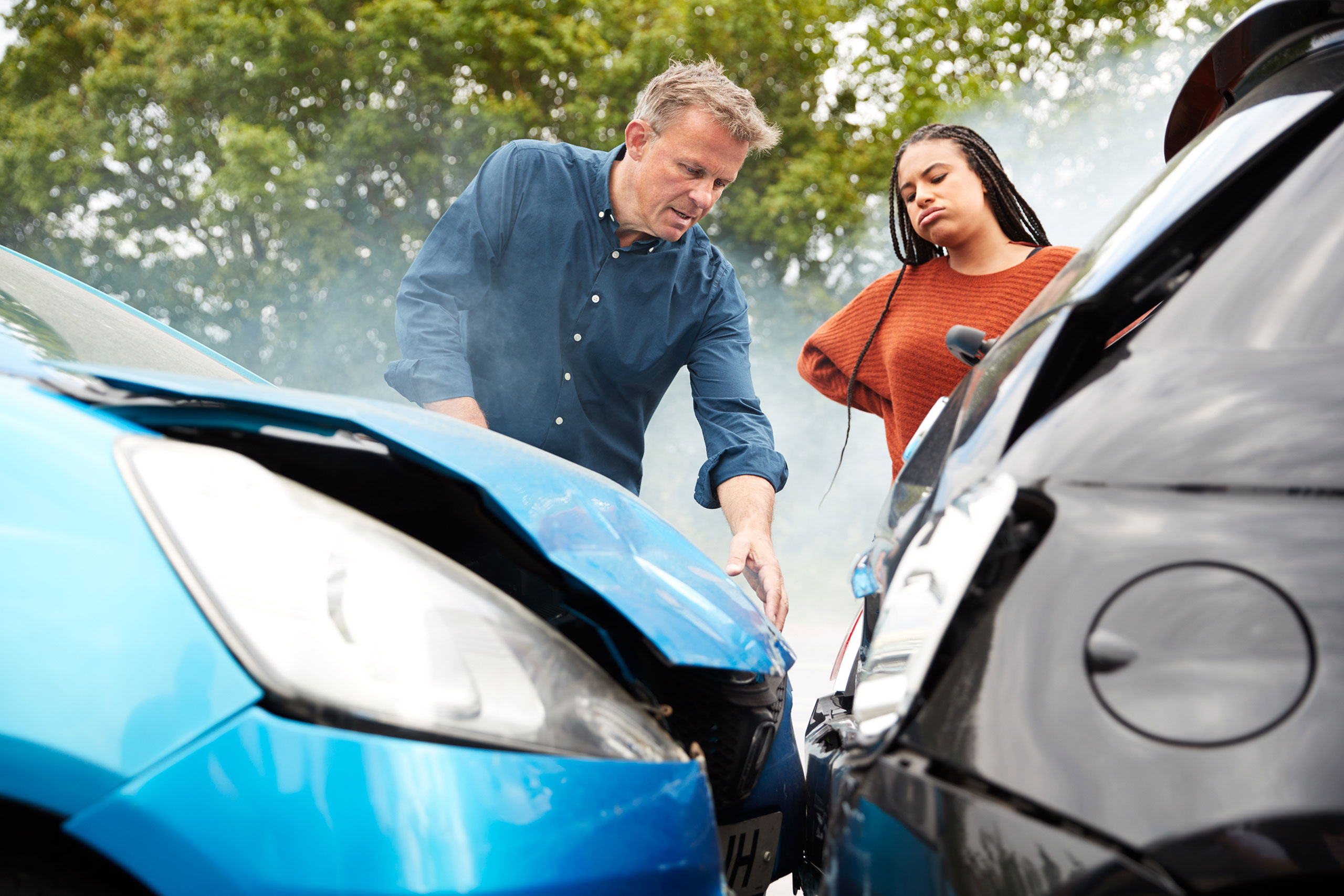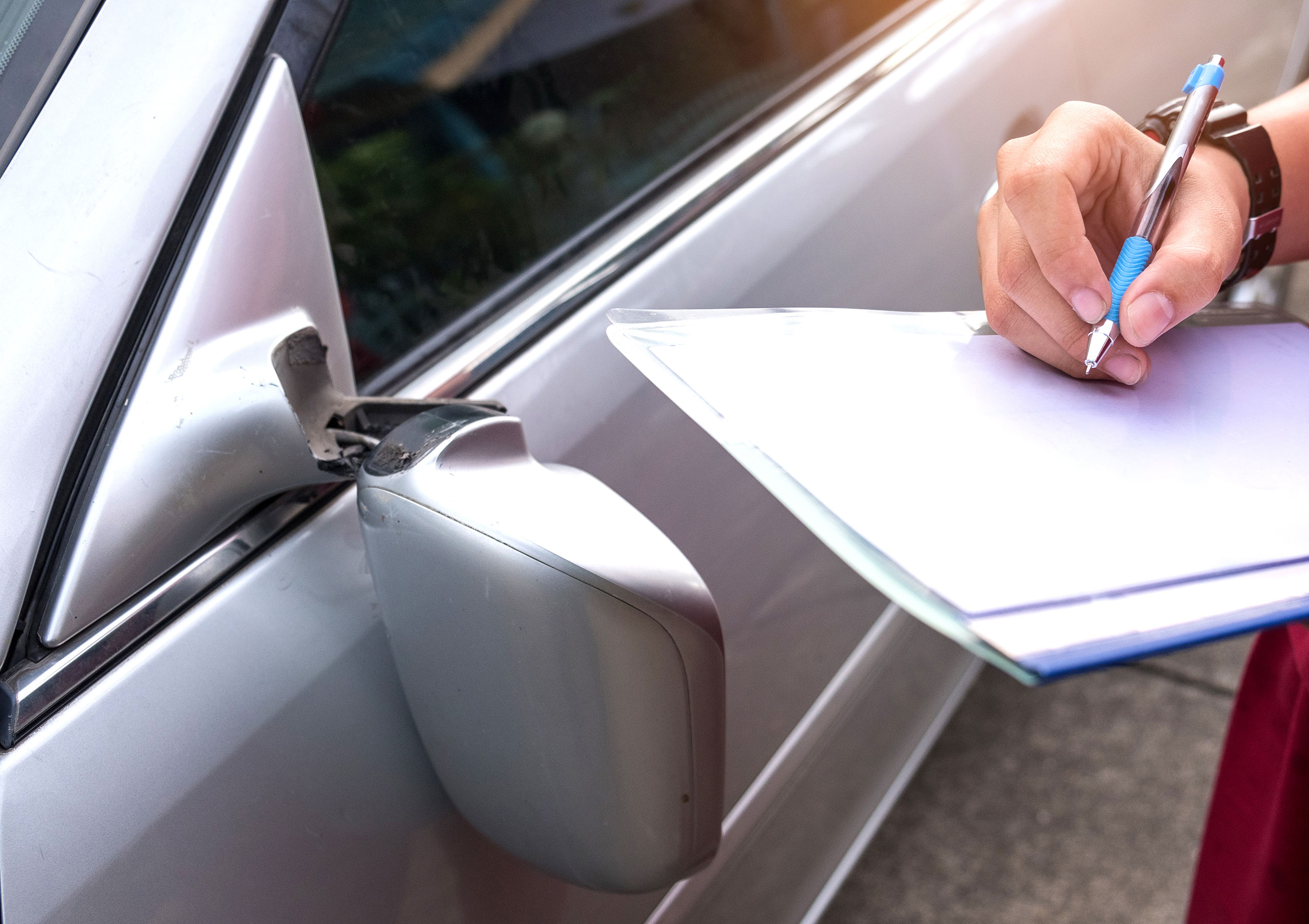Leading Las Vegas Car Crash Lawyers Near You
Have You Been Injured In A Car Wreck? Here Are The Steps To Take:
6 Step Process to Get Going
Visitors come to Las Vegas from all over the United States as well as the world. Many drivers on the road are not familiar with the city’s roads and freeway; as a result, they may become confused, lost, or distracted by Las Vegas roadways and the sights and sounds that accompany the area. Consequently, car accidents frequently occur in Las Vegas and across Clark County. Recent statistics report 9.9 deaths per 100,000 persons in Nevada.
If you have been injured in a car accident in Las Vegas, the process of getting compensated for your injuries can be overwhelming. You may be dealing with insurance companies, medical bills, lost wages, and the stress of your injuries. A Vegas personal injury attorney can guide you through this complex process. The following is a simple six-step process to help you get started on the road to recovery:
Seek Immediate Medical Assistance After The Traffic Accident
Going to the doctor or the hospital should be your first priority after a car accident. There is no record of your injuries without a physician documenting all of them, so have a medical professional diagnose and treat the injuries immediately after your accident. Clients who wait to see a doctor can harm their car accident claims.
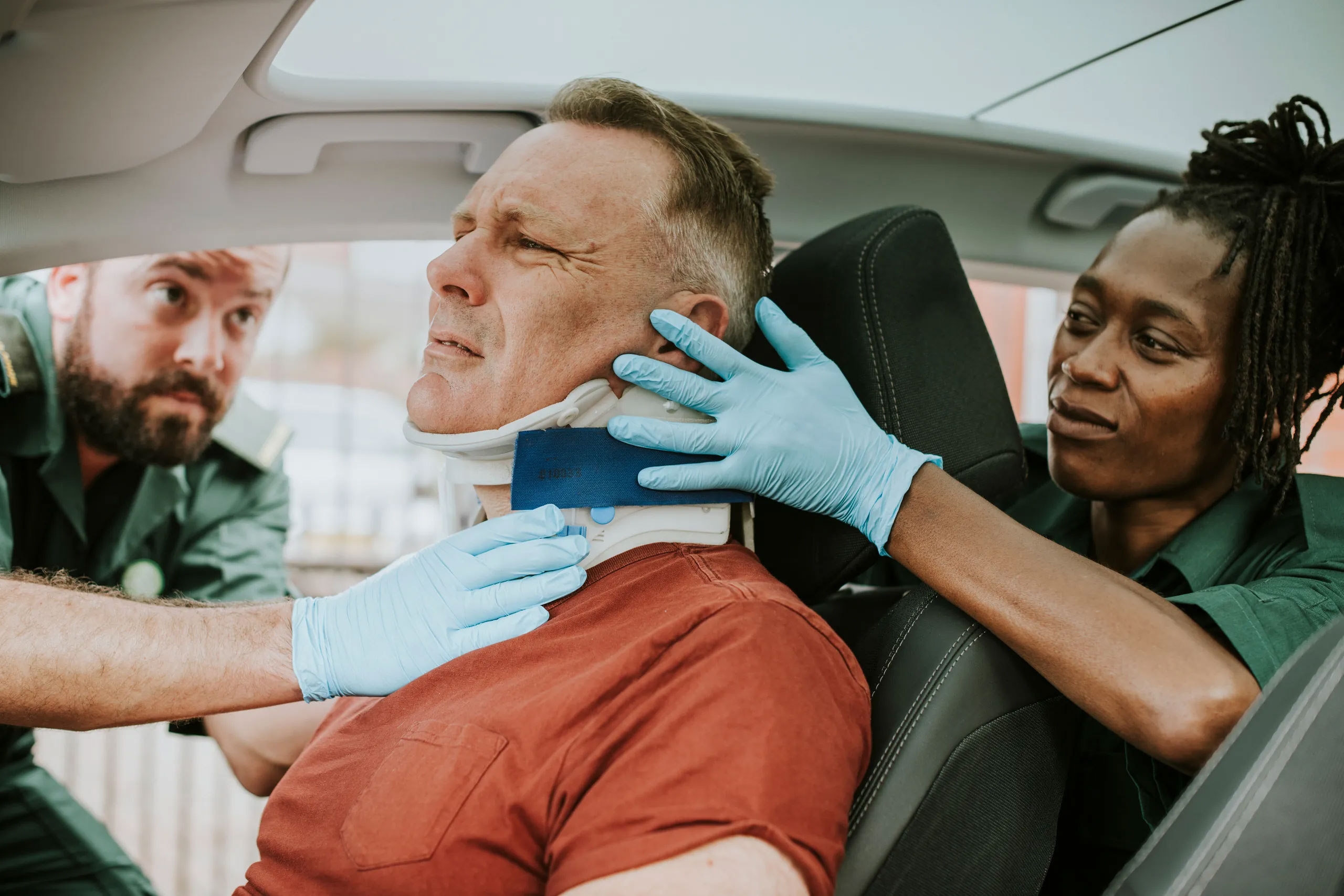
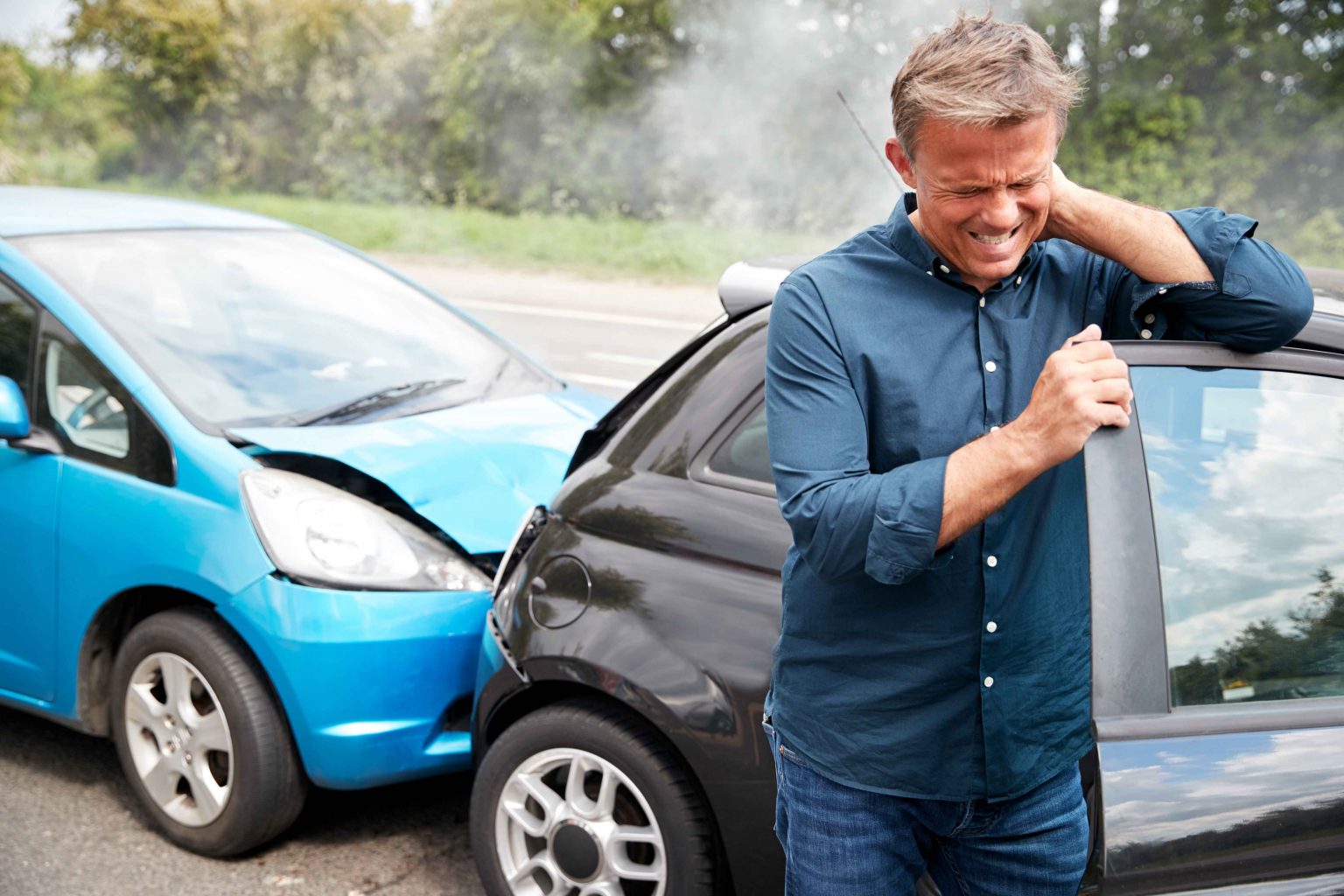
Notify Your Auto Insurance Company
In Las Vegas, if the accident involved more than $750 worth of damage to one person or a person’s property, or the accident resulted in death or injury to anyone, you will need to file a Report of Traffic Accident (SR-1) within ten days. You should also contact your insurance carrier as soon as possible.
Investigation Of Liability & Medical Records
Determining who is at fault for the accident is essential to your claim. The police report filed at the time of the accident will be helpful in this determination, as well as any eyewitness testimony or video footage that may be available. Once liability has been determined, you will need to begin gathering medical records related to your injuries.
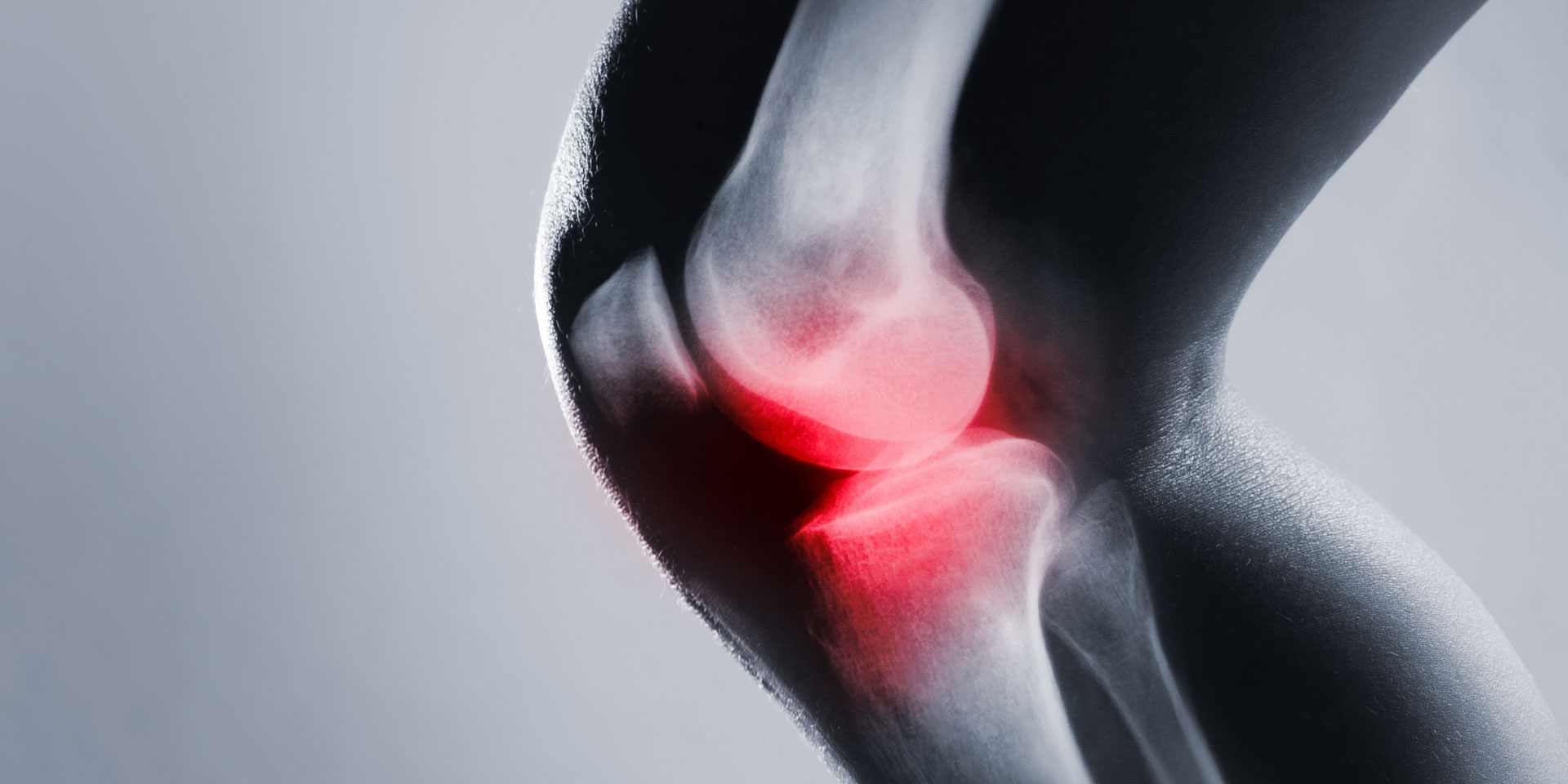

Initiate A Free Consultation With a Personal Injury Attorney In Las Vegas
After you have gathered the information mentioned above, the next step is to contact a personal injury lawyer in Las Vegas. Many law firms offer free consultations, so you can discuss your case with an attorney without any obligation. This consultation is an opportunity for the lawyer to review your claim and give you their professional opinion on how to proceed.
Determine a Fair Settlement For Your Injuries
With the help of your Las Vegas car accident attorney, you will negotiate a fair settlement for your case, which will include economic damages such as medical bills and lost wages, as well as noneconomic damages for your pain and suffering.


Mediate & Negotiate To Resolve The Personal Injury Dispute
Our Las Vegas personal injury lawyers will work tirelessly on your behalf to get you the best possible outcome for your case. However, sometimes cases cannot be resolved through negotiation and mediation is necessary. In these instances, our attorneys are experienced in representing clients in court and will fight to get you the compensation you deserve.
If You Cannot Settle, Take Your Car Accident Injury Case To Court
Consult With Our Attorneys For A Free Case Evaluation
Why Hire Our Las Vegas Car Accident Injury Lawyers?
Seek The Legal Help You Need For Your Auto Accident Injury Claim
The Las Vegas car accident lawyers at Benson & Bingham Accident Injury Lawyers have over 25 years of experience representing clients who have been injured in car accidents. We understand the stress and anxiety that comes with being involved in a car accident and we will work diligently to get you the compensation you need to recover.

Las Vegas’s Leading Auto Injury Law Firm
Fight For a Fair Settlement & Get The Maximum Compensation For Your Damages
Car Crash & Car Wreck Lawyers
Whether you were T-boned in an intersection or broadsided on the highway, rear-ended at a stop light or hit head-on, Benson & Bingham’s team of auto accident lawyers in Las Vegas can help.
Trucking Accident Lawyers
A truck accident can be a life-changing event, causing serious injuries or even death. If you or someone you love has been injured in a truck accident, the skilled personal injury lawyers at Benson & Bingham can help you get the compensation you deserve.
Drunk Driving Accident Attorneys
If you were the victim of an accident caused by a drunk driver, retain an aggressive attorney that will fight for your rights in getting the compensation you deserve. Benson & Bingham Accident Injury Lawyers, LLC will use the facts of the DUI to push the insurance companies to the limit in resolving your case.
Bike & Motor Vehicle Accident Lawyers
Bikes and motorcycle accidents often result in serious injuries or even death. If you were involved in a bike or motorcycle accident, the skilled personal injury lawyers at Benson & Bingham can help you get the compensation you deserve.
Rear-End Collision & Traffic Accident Lawyers
Rear-end collisions are almost always caused by the rear driver going too fast for traffic conditions or following too closely to the car ahead of them, leaving themselves insufficient time and/or space to stop. If you were involved in a rear-end collision, contact our skilled personal injury law firm as soon as possible.
Meet Our Experienced Team Of Lawyers
Our Las Vegas injury firm has successfully handled tens of thousands of car accident claims. Let our team of compassionate and experienced lawyers walk you through securing the evidence in your claim and protect your rights under Nevada law.
Meet the Attorneys
Client Testimonials
Las Vegas Most Trusted Personal Injury Lawyers
I suggest using Benson & Bingham if you’re in need of an injury accident attorney! They have an amazing staff and made the entire process easy and stress free handling my case with compassion and a remedy of great efficacy!
I picked this place and I’m so glad that I did. Ida was very helpful and professional. If I had questions they were answered. I would definitely use them again in the future and I would definitely recommend them to anyone. Thank you for your service I appreciate it.
What I love about Benson & Bingham, especially from my attorney, Lina, I felt informed and cared for my health. She made sure I was ok at all times through my injury. I hate I had the accident, but it was comforting to know I was well taken care of.
Read More Reviews
Award-Winning Law Firm in Las Vegas
Recent Settlements & Victories
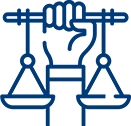
Total Recovered For Motorists Wrongfully Injured
Our attorneys at Benson & Bingham Accident Injury Lawyers, LLC have a track record of success in obtaining compensation for our clients. We have assisted individuals who were injured in motorized vehicle accidents in Nevada recover over $600 million in damages.
Car Accident
Our Las Vegas personal injury attorneys have the necessary abilities to assist you in overcoming the difficulties of a personal injury claim involving car accidents. We were able to get $2,130,000.00 in compensation for a car collision in Las Vegas.
Bicycle Accident vs Commercial Vehicle
The legal team at Benson & Bingham Personal Injury Lawyers, LLC achieved a significant victory by securing a $14 million award for a client who suffered severe injuries in a bike crash, necessitating multiple complex spinal fusion operations and resulting in persistent pain.

Visit Our Las Vegas Auto Accident Injury Law Office

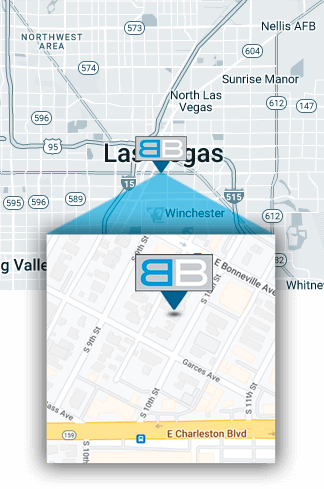
Las Vegas, NV 89101
Visit our auto accident injury law office in Las Vegas, Nevada to discuss your claim with one of our experienced lawyers. We will review the facts of your case and advise you on the best course of action to take to get the maximum compensation possible.
Understanding Car Accident Laws in Nevada
Nevada Is a Fault State
In Nevada, the driver who is at fault for an accident is responsible for the damages caused by the accident. If you were involved in a car accident that was not your fault, you may be able to recover damages from the at-fault driver.
Comparative Negligence Law
Nevada follows a comparative negligence law when it comes to car accident claims. This means that the amount of damages you are entitled to recover will be reduced by the percentage that you are at fault for the accident.
For example, if you are found to be 20% at fault for an accident, any damages you are awarded will be reduced by 20%.
Statute of Limitations for Nevada Motor Vehicle Accidents
In Nevada, you have two years from the date of the accident to file a personal injury claim. If you do not file a claim within this time frame, you will be barred from recovery.
Did Another Driver Crash Into You?
Contact Our Law Firm Today For A Free Consultation
What Type of Las Vegas Car Accident Were You Involved In?
DUI Accidents in Las Vegas
If you were involved in an accident with a driver who was under the influence of drugs or alcohol, you may be entitled to recover punitive damages in addition to the other damages you are entitled to recover.
T-bone Accidents
A T-bone accident occurs when one vehicle collides with the side of another vehicle. These types of accidents often result in serious injuries due to the fact that there is little to no protection on the sides of vehicles. If you were involved in a T-bone accident, contact our skilled personal injury lawyers as soon as possible to discuss your claim.
Las Vegas Rear-End Car Accidents
A rear-end collision occurs when one vehicle collides with the back of another vehicle. These types of accidents are often caused by one driver following too closely. Our Las Vegas personal injury lawyers have the necessary abilities to assist you in overcoming the difficulties of your claim.
Multi-car Accidents In Las Vegas
Our attorneys are also experienced in handling multi-car accidents. We will work diligently to get you the compensation you deserve.
Head-On Collisions
Head-on collisions are some of the most serious types of motor vehicle accidents. If you were involved in a head-on collision, it is important to seek medical & legal help as soon as possible.
Sideswipe Car Accidents
A sideswipe car accident occurs when the side of one vehicle collides with the side of another vehicle. These types of accidents often occur when one driver is trying to change lanes and doesn’t see the other vehicle in their blind spot.
Common Causes Of
Automobile Accidents
Distracted/Aggressive Driving
In Las Vegas, it is not uncommon for drivers to be distracted by their cell phones, GPS, or other electronic devices. Distracted driving is one of the leading causes of car accidents in the state of Nevada.
Drunk Driver
Drunk driving deserves extra attention here because it accounts for a large portion of the fatalities on Las Vegas highways, something we’ve seen firsthand since many of our clients have suffered from hazardous and even fatal accidents at the hand of drunk drivers.
Drivers Who Speed
Speeding is one of the leading causes of car accidents. When a driver is speeding, they have less time to react to hazards on the road. This can often result in serious accidents.
Reckless Driving
Reckless driving is often defined as driving in a way that shows a disregard for the safety of others. This can include things like speeding, tailgating, or weaving in and out of traffic.
Falling Asleep While Driving
It is important for drivers to get a good night’s sleep before getting behind the wheel. Driving while tired can be just as dangerous as driving drunk.
Poor Weather Conditions
Bad weather can often lead to car accidents. When the roads are slick, it is important for drivers to take extra care when driving.
Defective Car Parts
Sometimes, car accidents are caused by defective car parts. If you were involved in an accident that was caused by a defective car part such as tires, you may be able to file a product liability claim against the manufacturer of the defective part.
Evidence Commonly Used In a Las Vegas Car Accident Case
Proof Of Property Damage
One of the first things you will need to do after a car accident is to get the other driver’s insurance information. You will also want to take pictures of the damage to your vehicle.
Proof of injuries
After a car accident, it is important to seek medical attention as soon as possible. This will not only ensure that you get the treatment you need, but it will also provide documentation of your injuries.
Proof of lost wages
If you have to miss work because of your injuries, you will want to keep track of all the wages you have lost. You may be able to recover these lost wages in your personal injury claim.
Evidence from the scene of the accident
If there were any witnesses to the accident, you will want to get their contact information. You may also want to take pictures of the scene of the accident.
Additional Evidence
In some cases, it may be helpful to obtain additional evidence, such as surveillance footage or an accident reconstruction report. An experienced Las Vegas car accident lawyer can help you to gather the evidence you need to build a strong case. Contact our office today to schedule a free consultation.
FAQs About Car Crash Injury Claims
What Are The Costs Associated With Hiring A Personal Injury Attorney For A Car Accident?
Our attorneys only get paid if we make a recovery, so there are no upfront costs associated with hiring our firm.
Do I Have To File a Crash Report With The Las Vegas Police?
Yes. You are required by law to file a police report if you were involved in a car accident that resulted in injuries, death, or property damage.
The Other Driver Left The Scene Of The Accident. Now What?
If the other driver leaves the scene of the accident, it is important to try to get as much information about the other driver as possible. You should get the license plate number and a description of the car. If there were any witnesses to the accident, you will want to get their contact information.
Is Working With An Insurance Company The Right Choice After An Auto Accident?
No. It is generally not a good idea to work with the insurance company after an accident. The insurance adjuster is not looking out for your best interests. You should hire an attorney to protect your rights.
If I File a Lawsuit After a Car Accident, What Compensation Can I Receive?
If you win your case, you may be able to recover damages for your medical expenses, lost wages, pain and suffering, and more.
Should I Contact a Personal Injury Lawyer at The Scene of The Accident?
We recommend that you wait to contact an attorney until after you have received medical attention. Once you have been seen by a doctor, you can then contact an experienced car accident lawyer to discuss your case.
Can I Sue If a Family member Died in a Nevada Vehicle Accident?
Yes. You may be able to file a wrongful death claim if your loved one was killed in a car accident.
Can Lawyers Help Determine Liability In a Car Accident Settlement?
Yes. An experienced car accident lawyer in Las Vegas will investigate your case and work to determine who is liable for your injuries.
Read More On Car Accidents
Inside Our Personal Injury Blog
Additional Resources
- If You Rear-End Someone, Is It Always Your Fault?
- How to Prove Fault in a T-Bone Car Accident
- Head On Collision Claims
- What if a Car Accident Was Caused by a Brake Malfunction?
- 5 Things You Should Never Say after A Car Accident
- Driver Liability in Texting & Driving Car Accidents: How Much Can I Sue For?
Contact Benson & Bingham
Accident Injury Lawyers For A Personalized Case Consultation
Locate Us
Our Locations
Enter your ZIP code to see which location is closer to you





































